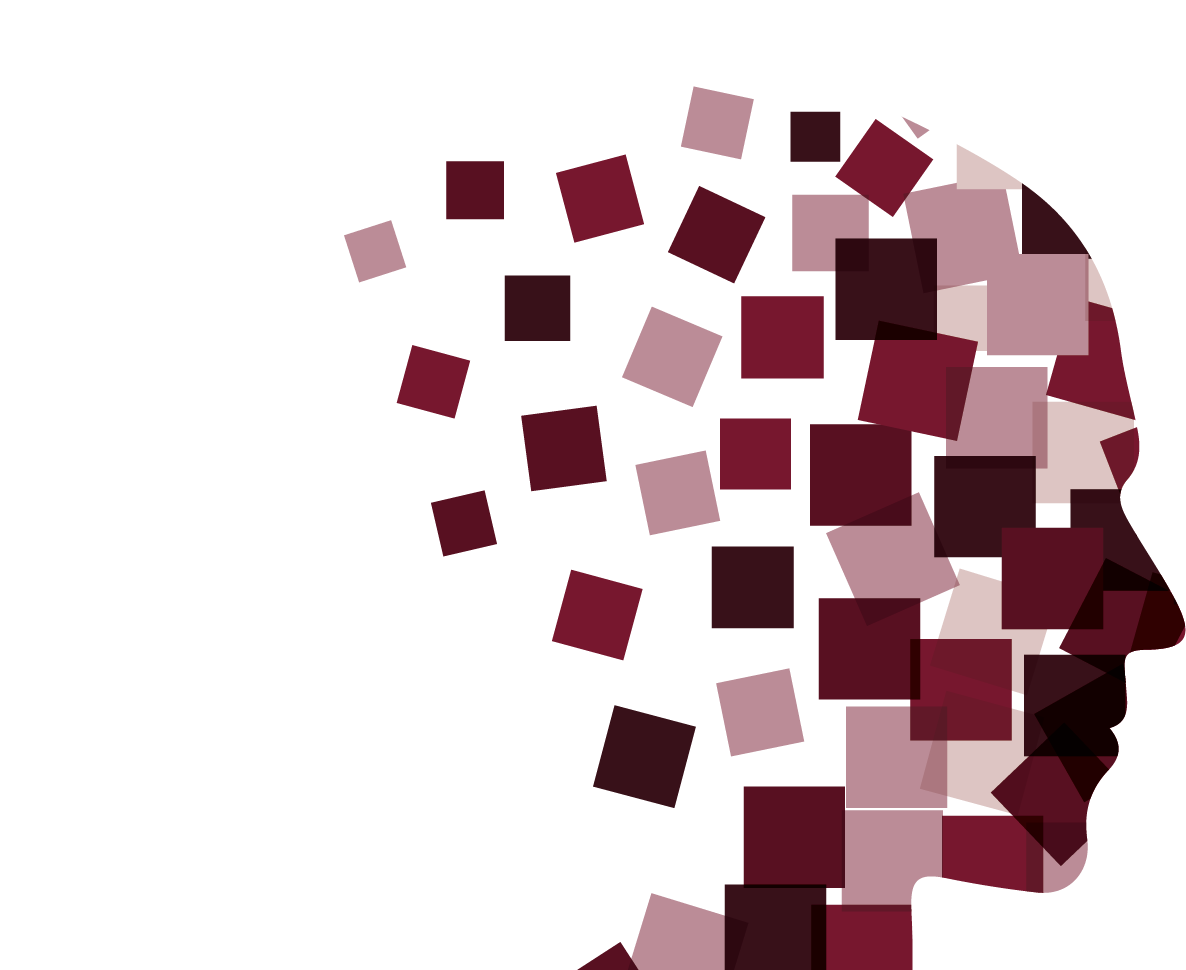Lean says: Establish Pull Your brain says: I work best under stress! Chaos motivates me!
What’s at play here: Brain on Stress. Learned Helplessness.
Most of us have seen the iconic “Job Switching” episode of I Love Lucy, where the titular character and her BFF Ethel find themselves doing a stint as line workers at Kramer’s Candy Kitchen. Subjected to organizational silos and a despotic supervisor who rules with a capricious conveyor belt and leads with the threat of expulsion, the women’s only KPI is to ensure not a single piece of candy makes it into the packing room unwrapped. Aligning their performance to this solitary target, they resort to hiding unwrapped chocolates in their mouths, their blouses and most memorably, in Lucy’s oversized chef’s hat.
Their excessive WIP and struggle to keep apace at 100% utilization, coupled with a toxic KPI which makes zero mention of producing a quality product, creates a system that forces an overwhelmed Lucy and Ethel to produce defects and hide wasted inventory necessitating rework, causing stress and chaos, and ultimately resulting in burnout (not to mention their respective stomach aches and ultimate dismissals from the company).
At this candy factory, supply rather than demand drives process. Work is being pushed onto Lucy and Ethel when they have neither the capacity to process it nor a signaling mechanism to slow it down or make it stop when a moment to breathe is needed. Upstream workers in the kitchen have no insight into the capacity of downstream workers in the wrapping room and in turn, workers downstream in the packing room are no doubt starved for work as they are left waiting for product.
Devoid of any context beyond their own work station, the hapless line workers - through no fault of their own - are oblivious to the fact that the wrapping room is part of a larger system. As a result, they are incapable of seeing the impact of their work-as-a-bottleneck on other parts of the value stream.
When we become overloaded, we focus myopically on our tasks rather than on their flow. Constantly forced to react we fail to be thoughtful about what it is we are doing, conceding control over our situation. Confronted with our own lack of agency we default to relying on others to push work on us, rather than pull it ourselves. Once this learned helplessness takes over, flow breaks down, and any hope for kaizen becomes futile.
How to mitigate:
This classic TV clip masterfully breaks almost every tenet of Lean thinking. Lucy and Ethel lack clarity over their roles, their goals, and the value stream; they have no visualization mechanism to understand their own capacity or a communication mechanism to convey it to others; they are assigned to a supervisor who rates rather than develops their performance; they’re driven by fear in the form of a useless KPI; they are afforded zero respect (agency) to stop the process when problems arise nor do they have the slack or support to so much as suggest improving their process.
Pull requires us to build thoughtful systems that allow for upstream and downstream transparency, continuous feedback, respect-as-agency, and easy adjustment to ensure changes and improvements are made in context.
Pull provides pockets of predictability and pause, allowing downstream workers to plan for, focus on, and complete work with quality while having enough slack to pursue kaizen opportunities.
Whereas pull in manufacturing seeks to prevent overproduction, so too does pull in a knowledge work setting.
What is overproduction in knowledge work? Burnout.
While extreme stress might serve as a positive motivator for physical performance and as such, prove beneficial to athletes, studies show it has the opposite effect on knowledge workers, impacting cognitive capacity - actually contributing to WIP - compromising overall performance and quality.
Whether actual or perceived, physical or cognitive, extreme stress activates the brain’s threat circuitry, shutting down all non-essential functions so as to direct the body’s attention towards eradicating the potential danger. Among those functions considered “non-essential” are digestion, the immune system, and most important to knowledge workers, higher level thinking. When we are stressed, the neurotransmitter dopamine floods the prefrontal cortex - the part of the brain responsible for executive functions - which includes our ability to concentrate, plan, organize, memorize, learn, problem-solve - the very skills essential to knowledge workers.
Utilizing a light-weight, flexible visual control like a Personal Kanban provides knowledge workers with a framework for understanding personal and team workloads and workflow. It gives them transparency into both the upstream supplier and the downstream customer’s context, as well as the opportunity to recognize and communicate to others their capacity to take on or defer more work. The associated WIP limit prevents them from taking on more work than they can handle, limiting cognitive stress thus allowing them to focus on and finish with quality only those tasks they have the mental capacity to process.
Up next in The Lean Brain: Post 5: Improvement is Not an Option
Earlier posts:
Introduction: 5 Ways Our Brain Can Thwart Lean
Post 1: Value is a Conversation
Post 2: Visualization Begets Alignment
Post 3: Flow: You Can’t Step in the Same River Twice
Tonianne is partner & principal consultant at Modus Cooperandi, co-author of the Shingo Research and Publication Award winning Personal Kanban: Mapping Work | Navigating Life, co-founder of Kaizen Camp™ and Modus Institute. Toni explores the relationship between performance, motivation, and neuroscience, is passionate about the roles intention, collaboration, value-creation, and happiness play in “the future of work,” and appreciative of the ways in which psychology, Lean, systems thinking, and the work of W. Edwards Deming can facilitate these ends. She enjoys Coltrane, shoots Nikon, butchers the Italian language (much to the embarrassment of her family), is a single malt enthusiast, and is head over heels in love with her adopted home, Seattle. Follow her on Twitter @Sprezzatura.

